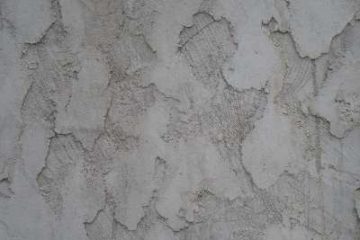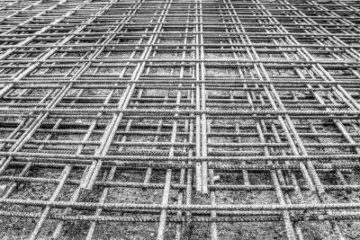In today’s dictionary, people often associate the word concrete with a representation of strength & a lasting visage imprinted in rock. However, for all the durability it has, both man made and natural forces have come to attack our favorite substance. Degradation of concrete at a relative rate as a result of various natural and human initiated causes depends on different constraints of which only few are controllable. Understanding these factors at a fundamental level offers a baseline for seeing the signs for when a facility of yours is in need of repair.
As well all know, cement and concrete are a couple of the most durable and versatile building materials in the world. Concrete is also extremely easy to clean & customize. Like all other building materials, concrete can be prone to normal degradation through wear and tear., especially if you don’t care for it accurately. Concrete repair is quite easy if you have the right product & the help of a licensed concrete repair contractor.
How concrete cracking occurs:
There are many explanations why concrete might begin to crack & concrete repair become required. These are several causes for concrete cracking:
- Improper construction: From poorly mixed concrete to improperly placed rebar, faulty construction is often at fault.
- Shrinkage: When concrete settles and drys, its shrinks by slight amount which could result in tiny hairline cracks.
- Surface below concrete shifts: Otherwise known as settlement cracks.
- Temperature change: When temperature changes cold to warm, a freezing and thawing cycle, stress is incurred upon the concrete oftentimes resulting in cracking.
- Harmful chemicals: Salt is a common culprit.
- Existing Cracks: These allow moisture to penetrate into the slab itself, possible affecting the rebar beneath or exacerbating the freeze-thaw cycle, resulting in an exaggerated problem.
Tips for concrete repair:
The most important stage in the concrete repair process is surface preparation. If there is only slight damage such as a small crack your concrete repair company can easily clean & patch the affected area. For damage that is more extensive, such as settling or deep cracks, we might need to take some extra steps. If there are many cracks or if the surface of the concrete slab is extremely worn, our customers may consider concrete resurfacing. Resurfacing can restore durability and appearance to the slab without the need to demolish or replace the entire thing.
- Once your concrete repair contractor has performed an inspection & determined the extent of the damage, she or he will need to clean the area. If you skip this step, the patching compound might not adhere properly to the surface.
- The second step is to apply a layer of bonding compound around the outside of the crack. This will help to keep the patching compound in place to ensure that it cures properly.
- For shallow cracks, your contractor can move straight into filling the area with patching compound.
- For deeper cracks, she or he may have to fill part of the crack with sand first. After applying the patching compound, give it the required time to cure & dry.
- Depending upon what type of compound your contractor is using, she or he may need to apply a layer of sealer to the area once it is dried.
If you are doubting if you need to repair your concrete, we highly recommend bringing in an expert to assess your concrete repair needs in Denver. Contact PURlevel, a professional concrete raising and leveling company to schedule a free on-site estimate today!


